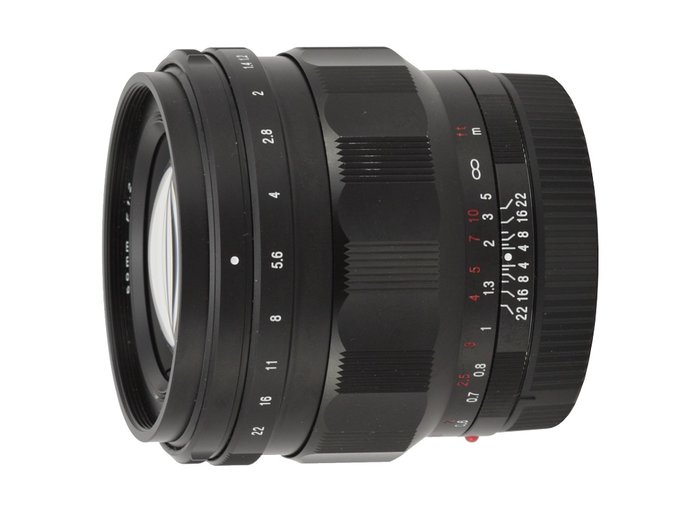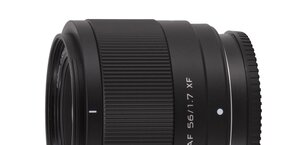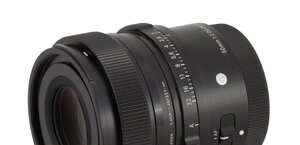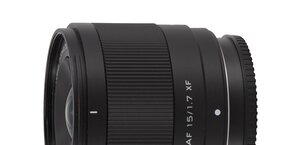Voigtlander Nokton 50 mm f/1.2 Aspherical
1. Introduction
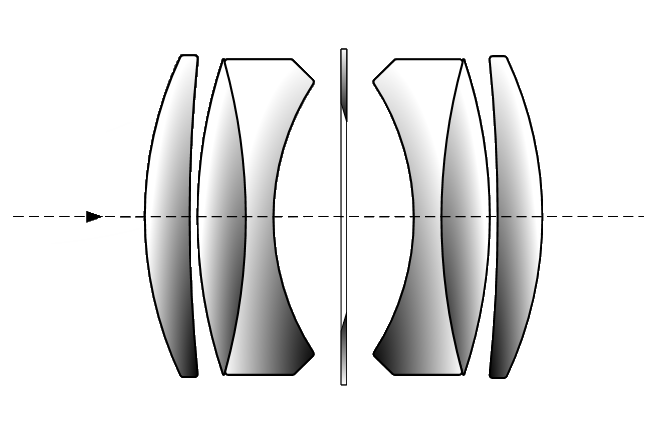 1896 Zeiss Planar lens construction |
Increasing requirements connected to introduction of 30-50 Mpix sensors were the reasons why fast standard lenses had to abandon the classic gauss construction. Soon such models as the Zeiss Otus 1.4/55 (12 elements in 10 groups), the Zeiss Milvus 1.4/50 (10 elements in 8 groups) or the Sigma A 50 mm f/1.4 DG HSM (13 elements in 8 groups) appeared on the market and they include many special glass elements. As a result their optical performance improved but they had to pay a price in a form of significnat weight and huge physical dimensions.
Compared to that trend the launch of the Voigtlander Nokton 50 mm f/1.2 on 2 February 2019 seems to be a back-to-the-roots move. Still, that lens is not the classic double gauss construction as well. It looks as if a 5-element construction with a focal length of about 70-80 mm and f/1.8 aperture was given a 3-element focus reducer. What's important, that way the designers managed to preserve small physical dimensions without giving up that excellent aperture fastness.
Please Support UsIf you enjoy our reviews and articles, and you want us to continue our work please, support our website by donating through PayPal. The funds are going to be used for paying our editorial team, renting servers, and equipping our testing studio; only that way we will be able to continue providing you interesting content for free. |
- - - - - - - - - - - - - - - - - - - - - - - - - - - - - - - - - - - - - - - - - - - - - - - -
How this new lens fares in our test? Of course we didn't hesitate to check it and the results you can find in the following chapters.
The test was possible courtesy of the FoxFotocompany, the Polish Voigtlander brand name distributor, as they managed to send one specimen of that lens to our office very efficiently.
You are also invited to get acquainted with our test procedure, described in the article "How do we test lenses?" If you feel it’s still not enough, please go to our FAQ section where you can find some further explanation.




